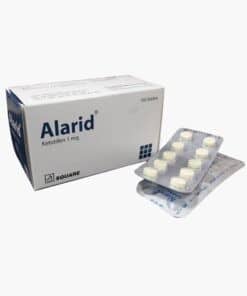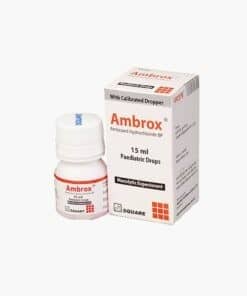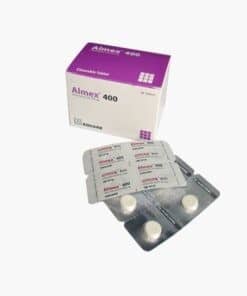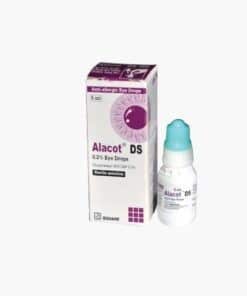HPR-DS | 500mg | Tablet | 10 pcs
৳ 70.00
Brand Name: HPR-DS Tablet
Generic: Mefenamic acid
500 mg
Manufacturer: Pacific Pharmaceuticals Ltd.
Unit Price: ৳ 7.00 (10 x 10: ৳ 700.00)
Strip Price: ৳ 70.00
Indications
Therapeutic Class
Pharmacology
Dosage & Administration
As with other NSAIDs, the lowest dose should be sought for each patient. Therefore, after observing the response to initial therapy with Mefenamic acid, the dose and frequency should be adjusted to suit an individual patient’s needs. Administration is by the oral route, preferably with food.
Adult: A 500 mg dose should be given to adults up to three times (1.5 g total) per day.
Infants over 6 months: 25 mg/kg of body weight daily in divided doses for not longer than 7 days.
Interaction
Contraindications
Side Effects
Pregnancy & Lactation
Pregnancy: In late pregnancy, as with other NSAIDs, Mefenamic acid should be avoided because it may cause premature closure of the ductus arteriosus. In general there are no adequate and well controlled studies in pregnant women. Mefenamic acid should be used during pregnancy only if the potential benefit justifies the potential risk to the foetus. Rated as Pregnancy Category C.
Lactation: Trace amounts of Mefenamic acid may be present in breast milk. Taking into account the importance of the drug to the mother , decision should be made whether to discontinue nursing or to discontinue the drug.
Precautions & Warnings
Overdose Effects
Symptoms: Headache, nausea, vomiting, epigastric pain, GI bleeding. Rarely, diarrhoea, disorientation, excitation, coma, drowsiness, tinnitus, fainting, and occasionally convulsions.
Management: Symptomatic and supportive treatment. In acute overdosage, empty the stomach immediately by inducing emesis or by gastric lavage followed by admin of activated charcoal.
Storage Conditions
| Generic Name | Mefenamic acid |
|---|---|
| Size | 500 mg |
Brand
Pacific Pharmaceuticals Ltd.
Only logged in customers who have purchased this product may leave a review.










Reviews
There are no reviews yet.